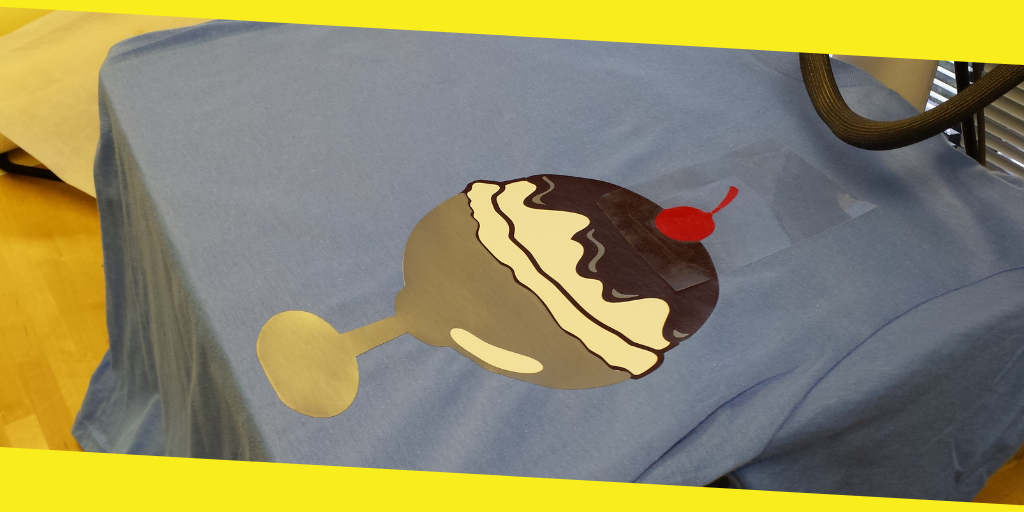
You will be wondering while reading this article how printing technology and garment customization has potentially emerged into a creative and passionate world of design. Heat transfer vinyl in short HTV is an amazing tool that has brought your garments and accessories a personalized touch, including images, logos, and words.
EasyWeed stretch gives you the benefit of additional stretching with a matte finish and soft feeling, which is perfectly fit for your performance wear. Siser EasyWeed stretch has become a favorite for decorating all garments because of its extra-lightweights and soft-feelings. Here you will get five tips of HTV to understand why everybody is just crazy to get these garments.
Garment Preparation
Before decorating the garments with HTV, it is a precondition to prepare the cloth. It is pressed hard to make it moisture and wrinkle-free. The highest smoothness of the fabric allows a greater adhesion between the adhesive of the HTV and the fiber of the garment’s fabric to look it much smoother. The thinnest siser material and HTV combine to form EasyWeed stretch with a matte finish soft feeling. However, the fabrics sensitive to heat like nylon doesn’t need pre-press.
Application of Pressure
Heat, pressure, and time are the three delicate components of HTV for getting a long-lasting decorated EasyWeed stretched garment. If the pressure is not adequately put, the HTV doesn’t fix on the garment’s fabric appropriately and drops off. So, when you are using a device, pressure has to be regulated in as much as it is required to fix HTV on the garment’s fabric properly. On the other hand, when you heat press more firmly, it is adjusted more evenly and accurately. Siser EasyWeed stretch is favorite to the sportsperson due to its higher elastic and matte polished look.
Layering HTV
Tacking is a term used in HTV layering. When it comes to layer a garment with multiple colors, faster and shorter press called tacking is used to get the work done. The process of quick heat and pressure just tack the vinyl release from its carrier and paste down onto the garment’s fabric. Since every new color during layering gets heat and pressure, the previous color also keeps on getting heat and pressure repeatedly until the process of multi-coloring ends. So, at the end of the process, color layers get average heat and pressure for 10-20 seconds, which is more than usual 3-5 seconds for tacking a layer down.
Mixing Materials
People feel excited while they create their artwork but worry about putting it on a place like mixing materials on the garment’s fabric. You should regulate the pressure along the way, particularly when you are using a pillow. If HTV is found still gripping its carrier instead of garment’s fabric, re-press further for 1-5 seconds.
Decorating Heat Sensitive Fabrics
You have already noticed that the heat, pressure, and time recommended for layering HTV has been illustrated for the fabric that is not sensitive to heat like nylon. So, the setting for heat, pressure, and time applied for regular fabric will be different for heat-sensitive fabric because the heat-sensitive fabric has a negative impact of heat applied to it. However, in such cases, you have to lower down the temperature between 270- and 290-degree Fahrenheit based on heat sensitivity of the garment. 20-25 seconds pressing time is sufficient for getting the work done. Siser EasyWeed stretch is also available in nylon fabric.